As a dietitian, Susie Burrell knows some things about veggies. These are the ones she puts on her plate.
It will not shock anyone that dietitians are by and large huge enthusiasts of vegetables.
While general wellbeing proposals recommend at least 5 vegetable serves every day for great wellbeing, nourishment experts realize that for ideal wellbeing and life span, the proof proposes that a lot higher admission of 7-10 serves of new products of the soil a day what we ought to focus on.
While all vegetables are useful for us, there are a few vegetables that are so stuffed loaded with key supplements that they check the container on superfood status and as such are the absolute best assortments to remember for your eating regimen consistently.
Like what you see? Join to our bodyandsoul.com.au pamphlet for additional accounts like this
So as a dietitian, here are the vegetables I search out for their champion positive dietary ascribes and the ones to incorporate significantly more of in your week after week dinner plan.
Disregard eating an apple daily, with regards to getting a gigantic nutrient hit, you can’t go past eating a red capsicum daily.
Splendidly hued red capsicum is particularly wealthy in carotenoids, the gathering of cell reinforcements known to assume an amazing part in assisting with directing various incendiary pathways in the body.
People who have had a higher admission of carotenoids during their lives have been related with lower dangers of mortality from normal illnesses including coronary illness, malignant growth and stroke.
Low in calories, high in dietary fiber, Vitamin K, folate, and Vitamin E, capsicum is incredibly flexible and can be appreciated crude, in sandwiches and mixed greens just as cooked in pan-sears, curries, and pasta dishes. And surprisingly better, red capsicums are in acceptable stockpile right now, making costs significantly more sensible.
People who have had a higher admission of carotenoids during their lives have been related with lower dangers of mortality from normal infections including coronary illness, malignancy, and stroke.
Spinach
Verdant green vegetables are regularly featured for their supplement thickness for an explanation and spinach checks the crate on both taste and nourishment with regards to green veggie choices.
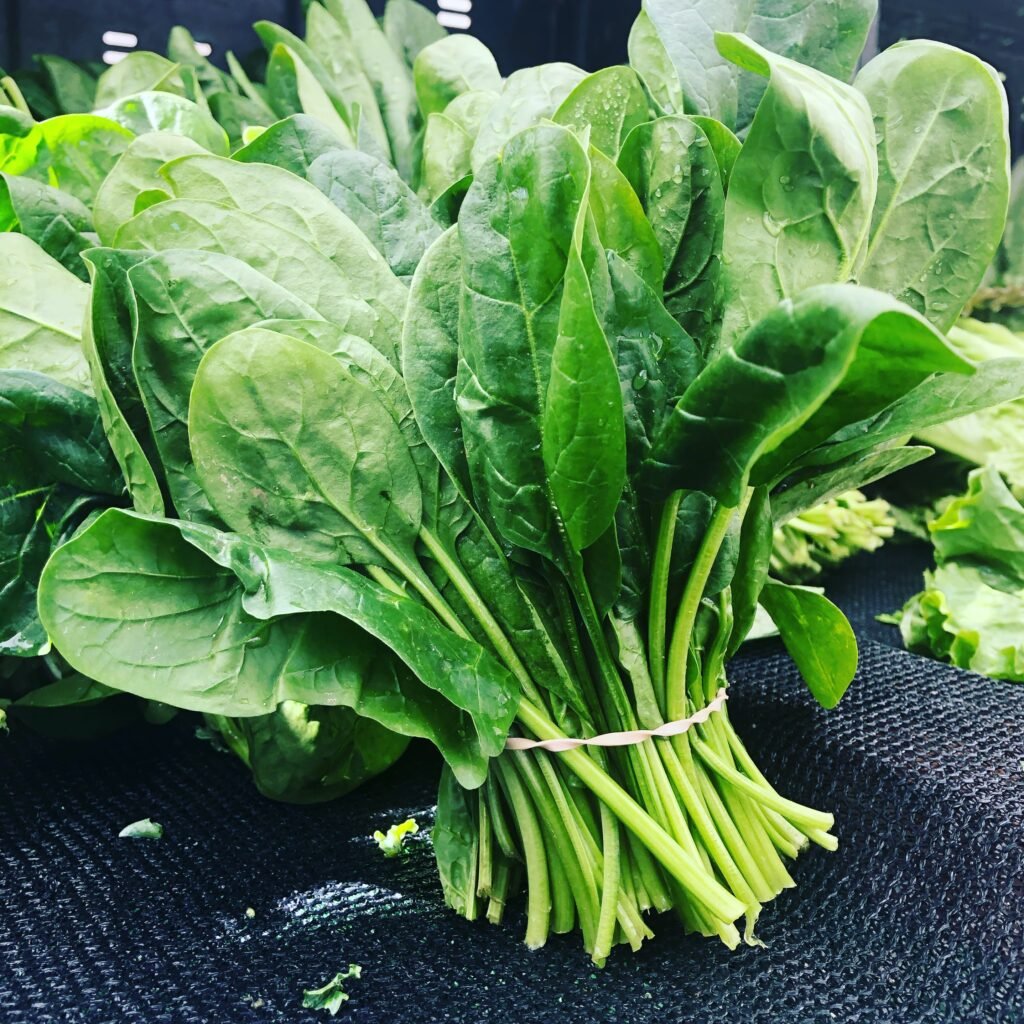
Pressed brimming with the cell reinforcement beta carotene just as Vitamin C, folate, and Vitamin K, spinach can be delighted in cooked or crude in servings of mixed greens, smoothies, and juices.
Focusing on no less than 2 serves of green vegetables every day is a decent beginning stage, and spinach is a simple one to consolidated for the two grown-ups and surprisingly child’s eating regimens, as it blends in well in the two juices and smoothies just as in mince-based dishes.
Beetroot
Beetroot contains various amazingly incredible cancer prevention agents known to help cell wellbeing and with negligible calories per serve, is a vegetable we could all utilization significantly more of in our eating routine.
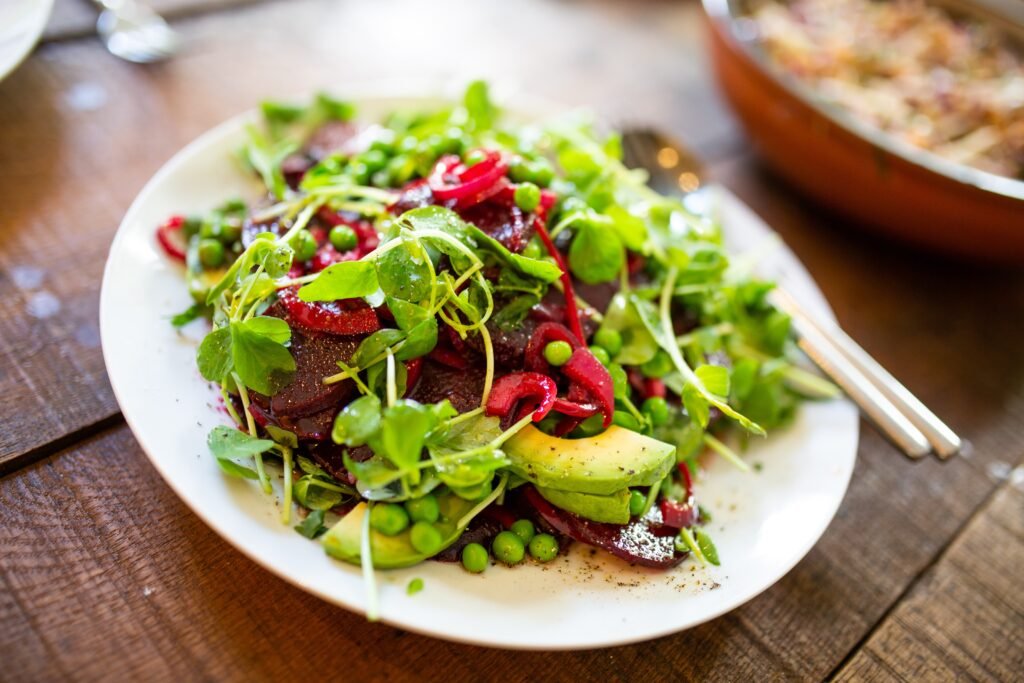
Wealthy in dietary fiber, folate and potassium, while beetroot can be delighted in simmered, daintily cooking or appreciating crude assists with guaranteeing the nutrient and cancer prevention agent content is saved.
Beetroot likewise has a particularly undeniable degree of nitric oxide, an atom which assists with further developing bloodstream, and as such a food that might be particularly gainful for those with raised circulatory strain.
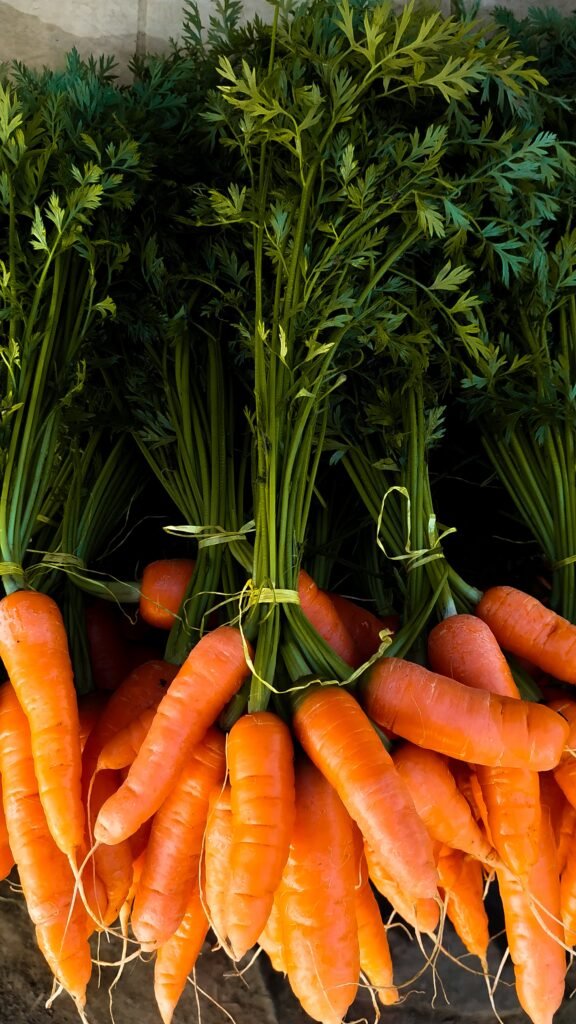
Carrot
Carrots, are one more rich wellspring of the cancer prevention agents, and explicitly beta carotene, with a solitary carrot offering more than 500x the day by day necessity of beta carotene, the forerunner to Vitamin An in the body.
Nutrient An is one of the supplements liable for cell recovery, assisting us with finding in obscurity and for a solid insusceptible framework. Carrots are low in calories, and proposition Vitamins C and E just as dietary fiber.
Carrots can be burned through crude or cooked, and preparing carrots, in any event, for squeezing altogether expands the ingestion of the cell reinforcement particles, so appreciating them delicately steamed, slashed or squeezed is the most ideal approach to receive the horde of healthful rewards a solitary carrot offers.
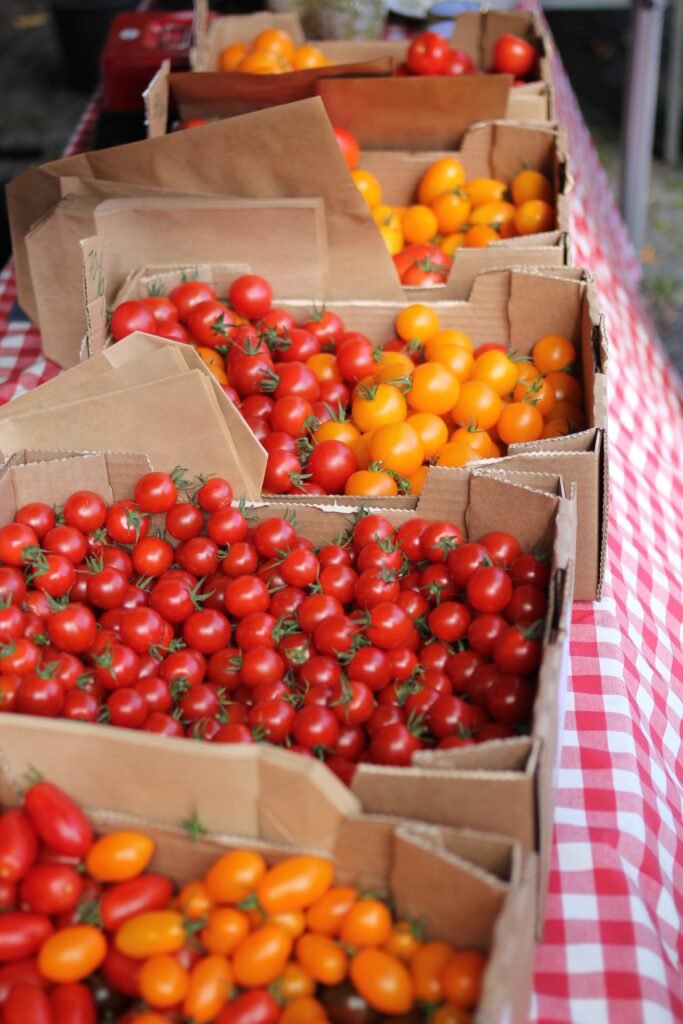
Tomatoes
In spite of the fact that tomatoes are actually an organic product, they are for the most part delighted in as a vegetable base in plates of mixed greens and blended dinners and there are medical advantages related with burning through both crude and cooked tomatoes.
Tomatoes are amazingly low in calories, plentiful in dietary fiber, Vitamin C, folate, potassium, and Vitamin K. What’s more, cooked tomatoes, as burned-through in tomato-based sauce and glues are an amazingly rich wellspring of the cell reinforcement lycopene which has been displayed to have incredible anti-cancer properties.
A high, standard admission of lycopene has been related with a decreased danger of creating both lung and prostate disease. Therefore, appreciating both crude and cooked tomatoes consistently is a brilliant decision healthfully
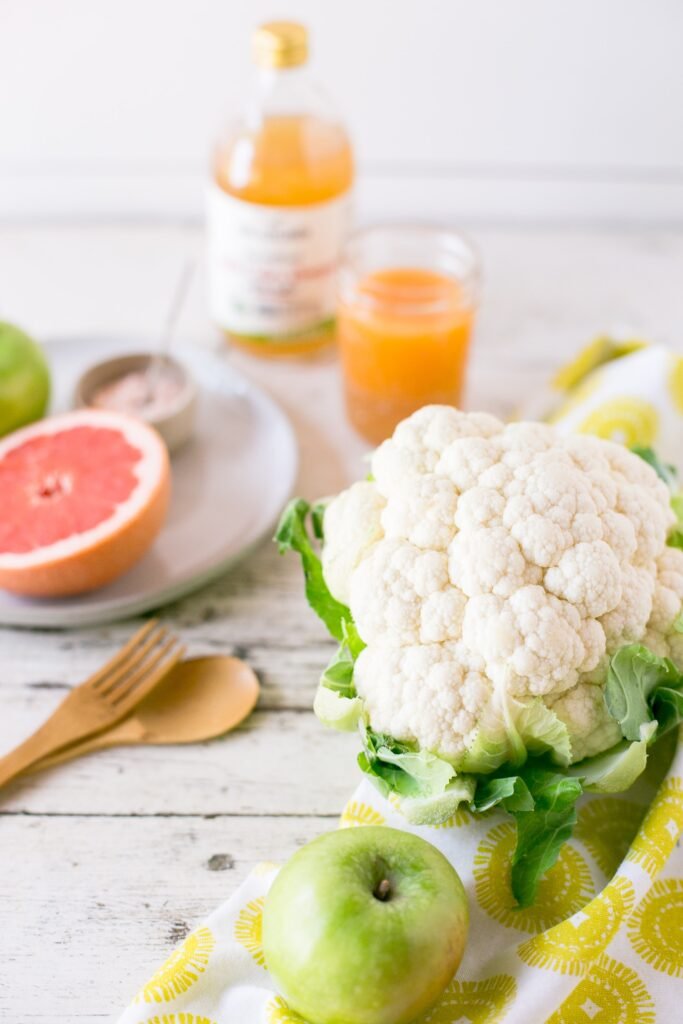
Cauliflower
A relative of supplement-rich broccoli, cauliflower is similarly pretty much as supplement rich as its green cousin and very adaptable. Plentiful in Vitamin C, K, B6, folate and dietary fiber, explicitly it is the sulforaphane found in this gathering of vegetables that is related with better cells and lower levels of irritation in the body.
Best delighted in crude or softly cooked, squashed cauliflower or ground makes a lower-carb choice to rice and can even be transformed into a beautiful taste, low carb pizza base.
Presently in season, and as such significantly more moderate than expected, this moment is an extraordinary opportunity to load up on cauli which can be frozen for up to a half year in a hermetically sealed holder, as long as it is whitened first to safeguard its quality.
